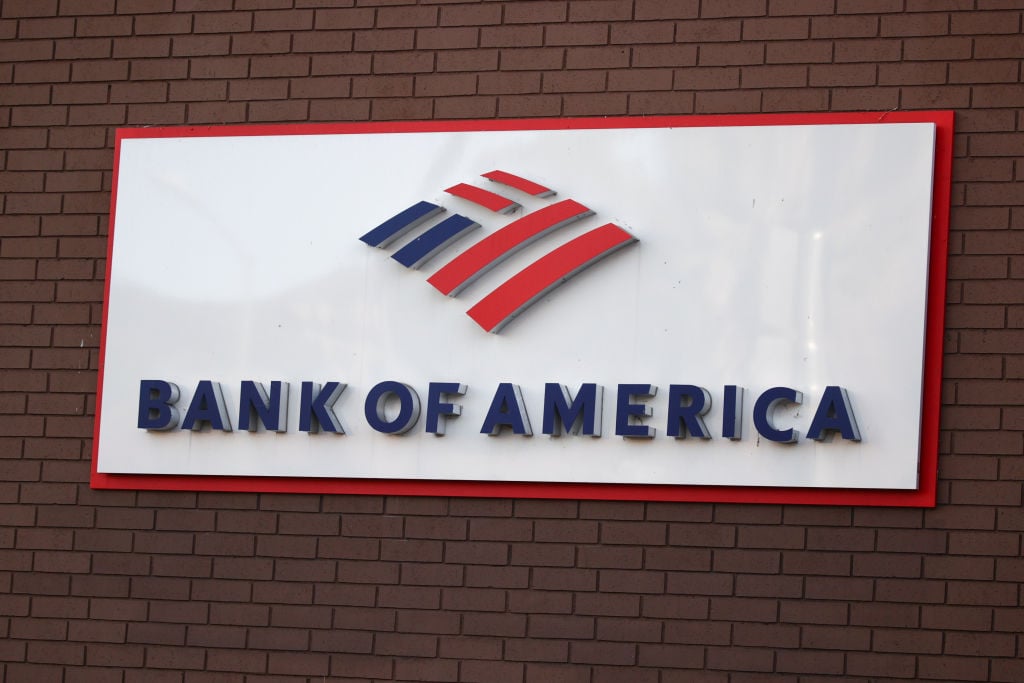In the fall, I wrote a series of articles leading up to "Bank Transfer Day," including whether or not you should be using your credit card to avoid debit card fees, how many people participated in the event, and what we learned from the big day. Now, with quarterly earnings reports out for many of the banks targeted, it's time to see what, if any, the actual impact was.
Customers fleeing en masse
In light of proposed fees (that have since been rescinded) for many of the largest banks, initiated by Bank of America (NYSE: BAC) and followed quickly by JPMorgan Chase (NYSE: JPM), Wells Fargo, (NYSE: WFC), SunTrust, and Citigroup (NYSE: C), a rallying cry went out for customers to switch their accounts from large banks to credit unions. In the days immediately following the event, the Credit Union National Association, or CUNA, reported that nearly 700,000 peoplebecame members in the weeks leading up to the event, with 40,000 alone joining a local credit union on Transfer Day itself. Credit unions recorded $80 million in new savings and made $90 million in new loans to new and existing customers.
But are those numbers telling the entire story?
The bigger (smaller) picture
In December, CUNA admitted their members had reported the total amount of new business, as opposed to simply the number of new customers. As a result, existing customers who had opened new checking accounts were included, grossly inflating the numbers. The revised number was closer to 214,000. This number doesn't account for first-time (and thus non-switching) customers; the FDIC estimates that approximately 17 million adults in the U.S. don't have bank accounts.
It's important to note that, despite the hassle of switching banks, people do it all the time. A new study issued by Javelin Strategy & Research estimates that 5.6 million adults in the U.S. changed banks in the past ninety days. A mere 11% (610,000) credited Bank Transfer Day for the switch to a smaller institution.
However, 26% of the customers who transferred in the past three months said the reason they switched was because their banks charged too many fees, or had poor customer service. Of course, some people just changed because they moved, and needed a brick-and-mortar location near their new home.
Impact on big banks
During the Q&A of the latest Bank of America earnings call, CEO Brian Moynihan took a question about the backlash the bank experienced as a result of its proposed $5 debit card swipe fee. "We saw an elevated level of account closings in the quarter, elevated from last year fourth quarter," he said, "but frankly, by, I'd say, 20% versus last year fourth quarter '10 to '11."
Another vestige of Bank Transfer Day? Because of it and Occupy protests, Bank of America continues to be concerned about security. Contracted security guards stand outside every location throughout Washington D.C. I asked one guard at a location six metro stops away from the nearest Occupy site why the bank had added the guards throughout the District. She said, "They're worried about protesters."
It's apparent, walking by a Wells Fargo, that it doesn't share B of A's concerns, and perhaps it doesn't need to. The bank had conducted a limited pilot program on a new fee, and, when customers revolted, quickly rolled it back. As a result, it didn't garner nearly the amount of hostility, before or during Bank Transfer Day, as its competitor. It's a difference that's clear during its earnings call.
Wells Fargo reported an increase in deposits and consumer checking across the board; average deposits were up $29.5 billion from the third quarter and up $74 billion or 9% from a year ago, average core checking and savings deposits grew $30.9 billion or 4% from the third quarter and were up 12% from a year ago, and consumer checking accounts were up 3.2% from a year ago.
Flash over substance
So, was Bank Transfer Day worth it? It did have some key successes. First, it helped give a consolidated voice to customers taking a stance against proposed fees. Second, it made a blip on the balance sheet of Bank of America. And third, as I've said before, I think the beauty of Bank Transfer Day was that it informed and educated customers, something we try to do at the Fool every day.
While Bank Transfer Day may not have had the industry-sweeping results it (perhaps naively) aimed for, the bank industry is nonetheless continuing to change. The Motley Fool's Rule Breakers team has taken a hard look at the industry and created this special video report: "Your Credit Card May Soon Be Worthless. Here's Why ." It's one of our most popular features. Click here to watch it for free today.






